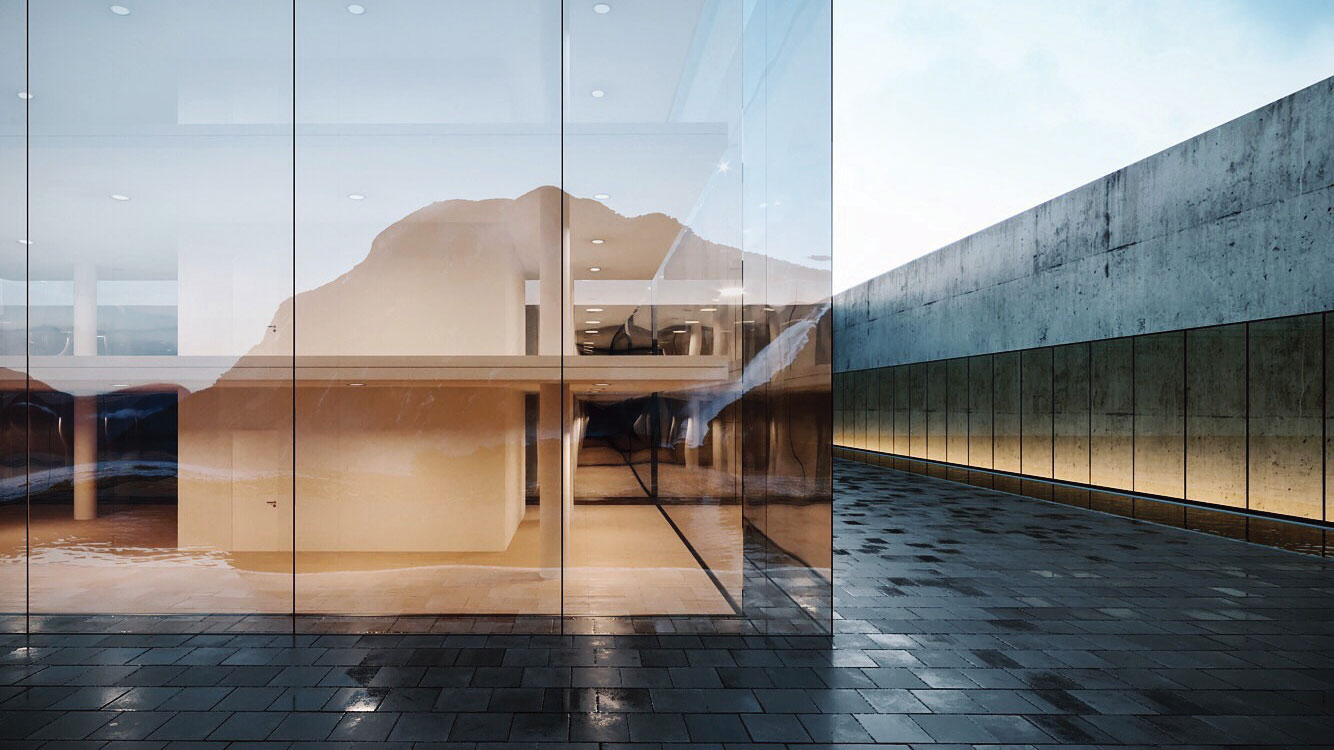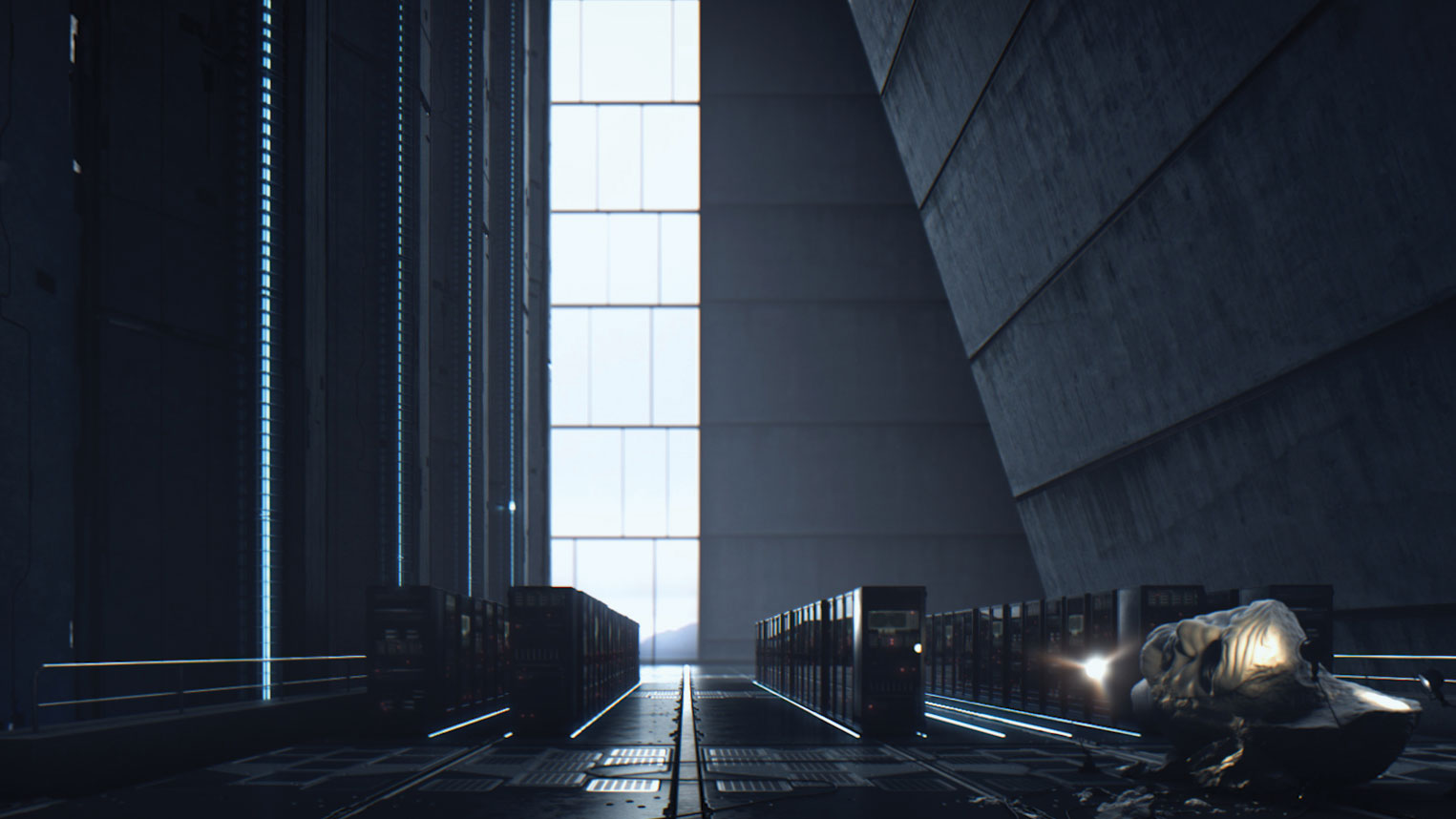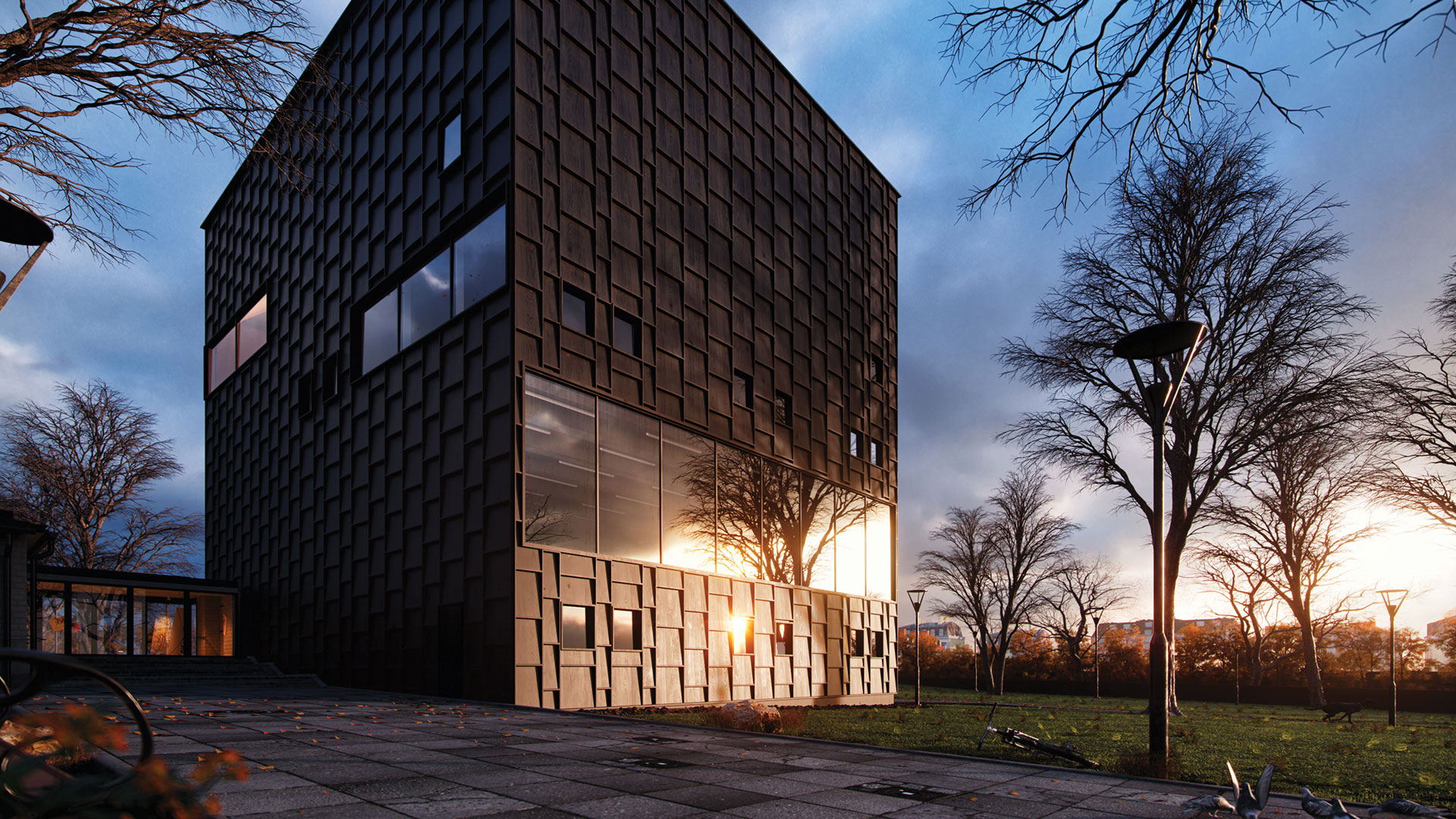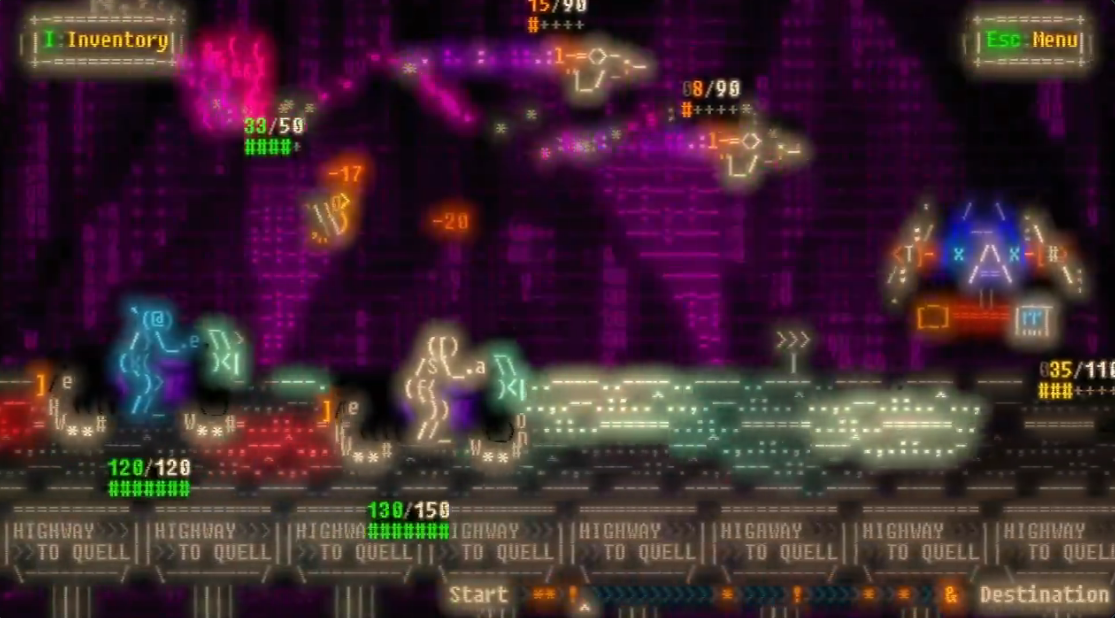What is archviz? A beginner's guide
Everything you need to know about a field that blends creative flair and storytelling with technical know-how.

You've heard about it and certainly seen it, but what is archviz exactly? Moreover, how do you do it and how to start a career in arch viz?
To those on the outside, this exciting area of 3D art can seem like a mystery. At Creative Bloq, we've spoken to a range of experts in the sector, and we also publish archviz tutorials and reviews of archviz tools, so I'm here to fill you in on a discipline that blends creative flair and storytelling with technical know-how.
In this piece, I'll provide a beginner's guide to archviz. I'll start by asking what archviz is (and what it isn't) and I'll look briefly at some some of the techniques and tools used, possible career directions, and where the field is heading, all drawing from input from experienced pros.
If you're getting started yourself, you might want to make sure you have the best CAD software or the best 3D modelling software. We also have a guide to the best laptops for CAD.
What is archviz?

Archviz is an abbreviation of 'architectural visualisation'. At its core, it refers to using some form of visuals to depict architecture, usually before it's been built. For Victor Bonafonte, art director and co-founder of creative collective Beauty & The Bit, it can be summed up as "the ability to portray forthcoming and unbuilt architecture in the present".
Today, this can cover the creation of a wide range of assets, from static renders of architectural projects to real-estate marketing films, VR/AR walkthroughs, touch-screen installations, apps and more. The complete range of services that archviz covers can be even broader, including pre-design services like code summaries, master planning, site planning and analysis.
Archviz is not architecture, but it can be involved at various stages of an architectural project, starting way before a project has received approval. It's often used for concept development and scenario modelling, in submissions to requests for proposals or for bids for funding, as well as for marketing once a construction project is underway along with construction supervision and facility management.
Daily design news, reviews, how-tos and more, as picked by the editors.
Some of those who work archviz may specialise in just one of these areas and outputs, or they may produce a wide range of material. Jeff Mottle, CEO and founder of CGarchitect, a leading online magazine for architectural computer graphics, told us that there's little standardisation in terms of what archviz artists actually call themselves, so there are many terms and titles. But in the end it’s about using visualisation in a compelling way to sell, promote or aid the design of architecture and real-estate.
How do you do archviz?
Archviz isn't attached to one specific technique, despite what you might think from seeing some 3D renders. "It can be anything, from a Frank Lloyd Wright watercolour to a CG city asset in a sci-fi movie," Victor Bonafonte says. "In the end both of them are showing hypothetical architecture".
These days, archviz is almost always done on computers, but the direction and output for a given project will depend on how the brief defines client expectations. Generally, artists will model a design in 3D using software to bridge the gap between the technical drawings and the client's vision.
While industry-standard software like 3ds Max an be expensive for getting started, there are alternatives, such as SketchUp and the free, open-source software Blender.
Appropriate textures and materials are applied to walls, floors, furniture, and other elements to enhance the image. Lighting is added, and the image or animation is then rendered using the best rendering software before post-processing for final touches in digital art software like Photoshop. This can include colour correction and adding effects.

What makes good archviz?
Good archviz often isn’t so much about architecture as it is about storytelling. Visualisations usually need to engage the viewer, not just make a project look pretty. If the visuals tell a compelling story, imperfections can often be overlooked. Often this involves helping people to imagine themselves in the story – and thus in the architecture.
Although a lot of archviz aims for realism, it doesn't have to. Some architectural firms actually dislike hyper realistic renders, preferring a more conceptual type of presentation to achieve an emotional impact.
Emotional impact can enhance communication and decision-making on architectural projects, and visualisations that fail to achieve it can look flat and lifeless, losing the viewer's interest, hence the oft heard criticism that something "looks like a render". Hyper-realism has its place, and hyper-stylised renders can sell a project too, but an uninspiring semi-realistic image without feeling can come across as artificial and generic.
"We provide architectural illustrations with a strong art direction, crafting iconic visuals that drive the observer’s emotions," Victor says. This takes much more than placing blocks and materials in the correct place. "We like to think of our images not as a collection of checkmarks in a PDF document, but as something with much more coherence and intention," he explains.
How is archviz changing?
Archviz has expanded beyond static images to animations and video and now AR and VR. Some of those working in the sector say they have moved away from images completely to work mainly in video marketing. Videos and real-time walkthroughs were once a luxury but they have become almost obligatory for even relatively low-budget projects.
This is largely due to the range of real-time tools now available, like the video game software Unreal Engine. Animations that would previously take months can now be done in days.
Some agencies that specialised in archiz have accompanied this evolution by expanding their services and becoming fully fledged branding agencies for architecture and real estate projects. For Victor Bonafonte, we're seeing a "major shift where software and technicality will play a much less visible role in the profession."
"This is going to leave a giant hole for those relying on their expertise in software," he warns. "I think creative thinking and artistic ability will eventually be what is needed almost exclusively to work in this field."
The rise of AI is causing a mix of excitement and concern in many industries, and archviz is no exception. For now, it's mainly being used as a supplement and to speed up certain processes, like energy modelling and lighting analysis.
Models, video walkthroughs and VR environments still need a human touch, particularly for high-end projects that need to sell a dream. Apartment complexes need fittings and finishes to be accurate rather than quick AI generations, but AI tools are likely to become widely used.
How can you start an archviz career?
Those who enter archviz have often had a long love of architecture and want to be somehow involved with it. You might also have an interest in computers and all things technical.
But even if you have the blend of artistic flair and technical wizardry necessary for archviz, taking the first step in your career can be a challenge.
Consistent work comes with jobs are at design firms, property branding agencies and specialist architectural visualisation studios, or at architectural firms that do their own archviz in house. Work can be intense and timelines tight.
Working independently can give you more flexibility, but it can be harder to get started. You also have to manage the business end of things on your own.
"One of the positive aspects of being a freelancer is that you have a creative freedom on projects and are able to make them unique," the freelance visual designer Mohit Sanchaniya told us. "You can work in your own style, experimenting with new stuff and different workflows."

There is also the matter of making a name for yourself in the industry, which can require some aggressive self-promotion. Having a network is important. That can make it difficult for those on the outside to get started since that network tends to come from working in the industry in the design, building or developer sides.
Jeff Mottle told us his biggest piece of advice is to make sure you understand why the industry exists and what role visualisation plays.
"I think there are far too many people that have entered the field on the back of being software experts, without a lot of thought into the value they bring," he said. "Some are purely technicians that leverage software to do the heavy lifting, and some are fine artists who leverage their skills as artists to bend the software to their will."
"At the end of the day though, this profession is about telling a compelling story through architecture or leveraging the tools to help visualise during the design process."

Joe is a regular freelance journalist and editor at Creative Bloq. He writes news, features and buying guides and keeps track of the best equipment and software for creatives, from video editing programs to monitors and accessories. A veteran news writer and photographer, he now works as a project manager at the London and Buenos Aires-based design, production and branding agency Hermana Creatives. There he manages a team of designers, photographers and video editors who specialise in producing visual content and design assets for the hospitality sector. He also dances Argentine tango.
- Brad ThorneContent writer, Liaison
You must confirm your public display name before commenting
Please logout and then login again, you will then be prompted to enter your display name.

